 |
 |
 |
 |
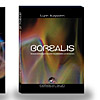 |
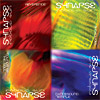 |
 |
 |
 |
 |
 |
 |
 |
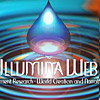 |
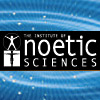 |
 |
 |
 |
 |
 |
MacUser |
|||
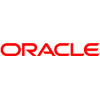 |
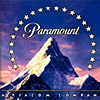 |
 |
 |
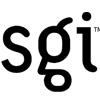 |
 |
 |
 |
SGI |
|||
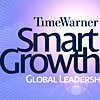 |
 |
 |
|
Applied Media Futurists
As a translucent skein that penetrates deep into the integral structures of our 21st century life, media and entertainment has become our daily communion, a multi-faceted real-time communication where the never-ending story is revealed in six billion faces. We, you, your family and friends, the fisherman in Sri Lanka and the Harajuku girl in Tokyo are the new weavers of the web, the tellers of a New Human story. Every voice will be heard, every moment noted.
So many upheavals are happening to the media landscape concurrently. Few to many becomes many to many. Timeslots become timeshifted eternal now. Television is becoming IPTV GoogleTube. There are 450 million cellular handsets in China, many music- and media-enabled. There is a new tale to tell, a delicious unfolding of the HoloCosmos. Are you ready to play?
At HoloCosmos, we've been applied media futurists for over two decades. Here are some HoloCosmos observations we are working with our media clients to address:
1. A kind of Moore's law seems to be at work in the industry, but instead of integrated circuit density, it is the geometrically-growing density of: social interconnection and interaction among producers and consumers of digital media; media capture and distribution capacity; the combinatorial possibilities of available media objects and target devices, and the concomitant density of metadata about media. Google brought high-performance order to the unimaginably complex, and now sits in the catbird seat for many emerging industries. But we sense that Google does not fully satisfy; it brings us to the doorstep but does not take us over the threshold. How can What's After Google embrace and stay integrally relevant to the multidimensional MediaVerse?
2. Traditional advertising-based business models and media distribution models are being irretrievably altered by the changes in audience viewing patterns initiated by online media. Dynamic ad insertion technologies combined with ever-fractionating and self-defining audiences is turning broadcasting inside out. Media companies and their vendors are scrambling to understand the implications and capitalize on the changes. Meanwhile, and Google created a meshwork in a formerly invisible space using contextual search, and auctions off the bits of mesh context as advertising real estate to the highest bidder 24/7. How will What's After Google augment and exploit the opportunities of the emerging media mesh?
3. Digital media distribution is rapidly becoming democratized with the massive growth of citizen-created and tagged media, distributed via Google Video, Yahoo Video YouTube, iTunes, MySpace etc. With Apple's success and ample high-quality inexpensive cameras, prosumer media is exploding and dissolving the boundary between professional and consumer in both media creation and distribution. It isn't the production value but the raw fervor with which ordinary people are becoming media producers and critics that implies new opportunities. Add to this the explosion that broadcast-quality and feature-film-quality production capability is now affordable to millions. Additionally, the online availability of stock footage, music and other digital library assets is growing rapidly, augmented by Google's entry into the content licensing industry. How will What's After Google maintain a position of authority and primacy in this huge emerging infrastructure that thrives on disintermediation?
4. Digital Media Production Workflow is becoming ever more integrated as production efficiencies and deadlines become realtime and technologies rush in to accelerate the frenzy of expectations. Metadata is making media objects interconnect more than ever before with geotagging, chronotagging and asset management technologies. However, traditional software and hardware interface metaphors are buckling under the crushing need to display more power, more features, more degrees of freedom, more online media data, more metadata, more layers, more dependencies, more collaboration, more possibilities. How will What's After Google step well ahead of the features race with an integral notion of workflow which seamlessly integrates its business units and offerings and leaves competitors in the dust?
5. The concept of linearity and the passive spectator in media is dissolving as albums and series disintegrate into downloadable songs, as broadcasts become adless time-shifted conveniences, as monolithic news brand authority is overwhelmed by millions of blogs, as interaction insinuates itself into the former audience posture of passivity with user-driven games and surfing gaining speed. The monolithic network audiences of yore have not stopped fractionating, and now YouTube streams 100 Million Views and 200+ terabytes of data per day. When spectators can take their own stages and change mediasources as fast as they can click, and engage in two or three kinds of media at once, they require more intelligent strategies to feed them. How can What's After Google enable its customers to stay ahead of this curve?

